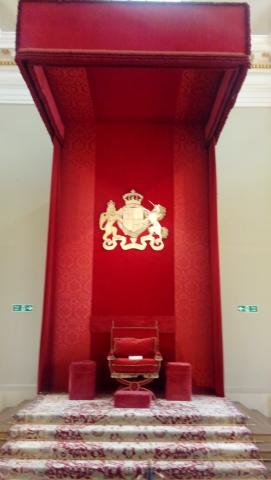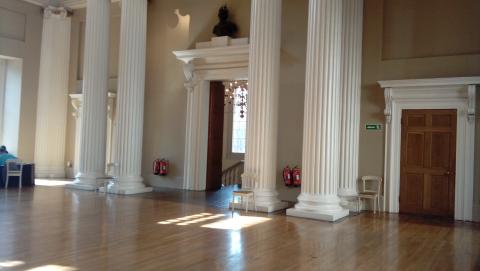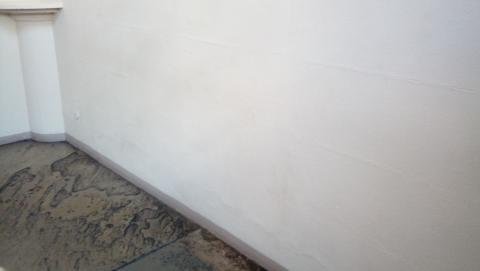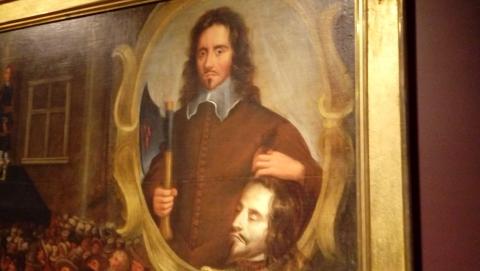Why King Charles I had to Die

Today is the 370th anniversary of Charles I’s execution. As a committed monarchist and supporter of our Queen, readers might be surprised to learn that I don’t disapprove of Charles Stuart’s execution, and here is why:
The man could not be reasoned with. Even after his armies were defeated in the civil war, he refused to even consider limiting his royal powers. Believing his power and dignity to come directly from God, it made him a tyrant, ruling the people with or without their consent. The English constitution, though not democratic, was parliamentary; better monarchs than Charles had always tried to work with MPs, not despite them.
He was a traitor to his own people. He invited the Scots to invade England once the war had already been won, thus unleashing further bloodshed in England, and eventually Scotland too. His subjects were his pawns, gladly sacrificed so he might better cling on to power.
He was a great persecutor of Christian people. Although Charles himself was a very pious man, he attempted to re-Romanise the English Church, with gaudy altars and intricate rituals, while his bishops bitterly hounded puritan clergy and laity with fines, imprisonment and mutilation.
John Bradshaw, the Stockport-based lawyer who presided over the Parliamentary court which tried the King, declared that
‘This Court doth adjudge that he the said Charles Stuart, as a Tyrant, Traitor, Murderer and Public Enemy to the good people of this Nation, [and] shall be put to death, by the severing of his head from his body’.
Elizabeth, our current monarch, fully accepts that she fulfils her role by consent and according to law. She reigns rather than rules. It is a pity that her early-modern predecessor had not an ounce of her humility and respect for due process; bloody civil wars would have been averted and his own gruesome death avoided. His execution not only ended the injustices detailed above, it reminded all future kings, including his sons, that it was the parliament in which sovereignty lay, not their own flesh and blood.

Let the high praises of God be in their mouth, and a two-edged sword in their hand;
To execute vengeance upon the heathen, and punishments upon the people;
To bind their kings with chains, and their nobles with fetters of iron;
To execute upon them the judgment written: this honour have all his saints. Praise ye the Lord.
Psalm 149
The horrid execution took place on a scaffold outside the Banqueting House, at which all these pictures were taken, the only surviving part of Whitehall Palace. The exit through which Charles passed onto the scaffold is now blocked by this wall.


- Log in to post comments


 Sunday Worship 10.45am & 6.00pm
Sunday Worship 10.45am & 6.00pm